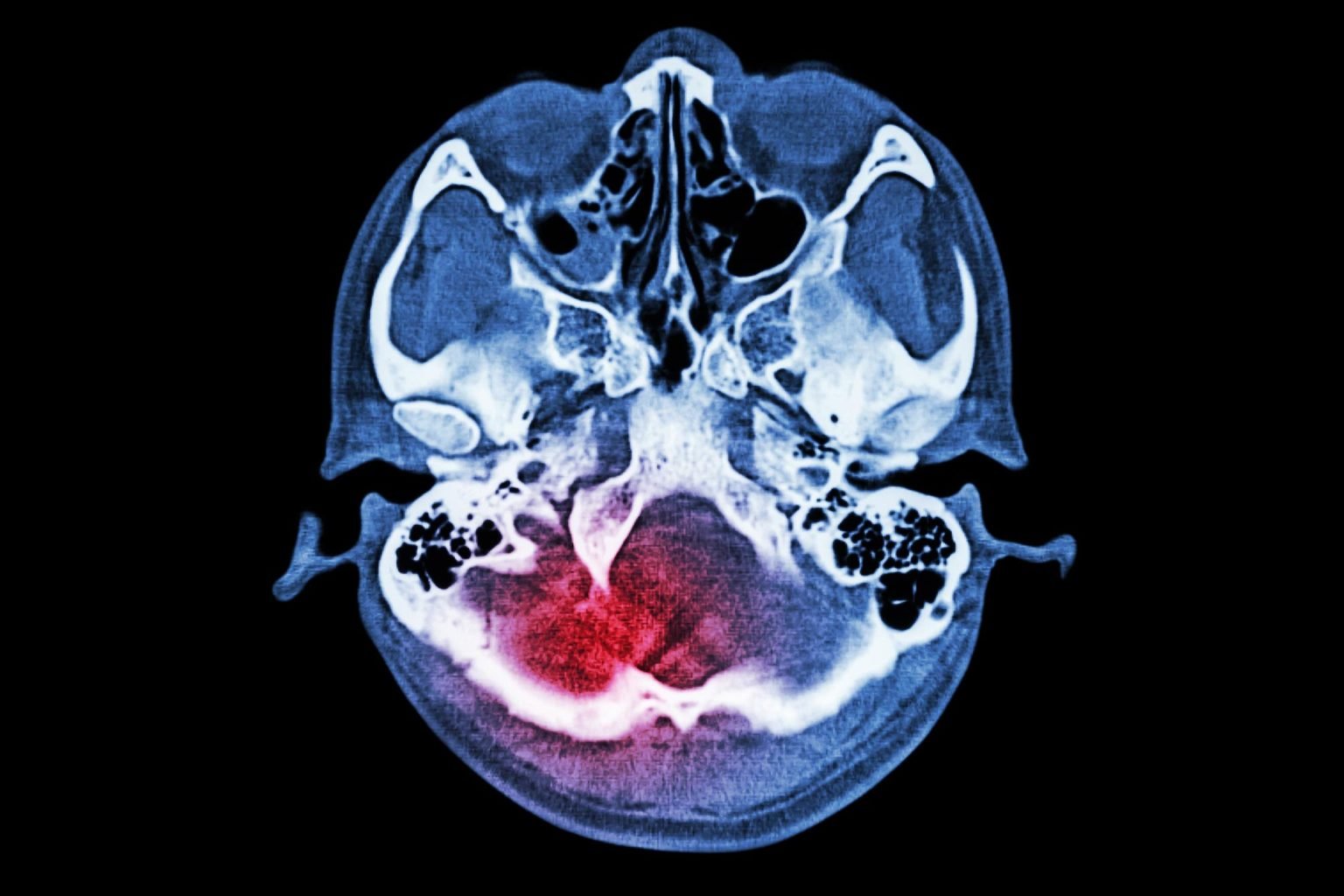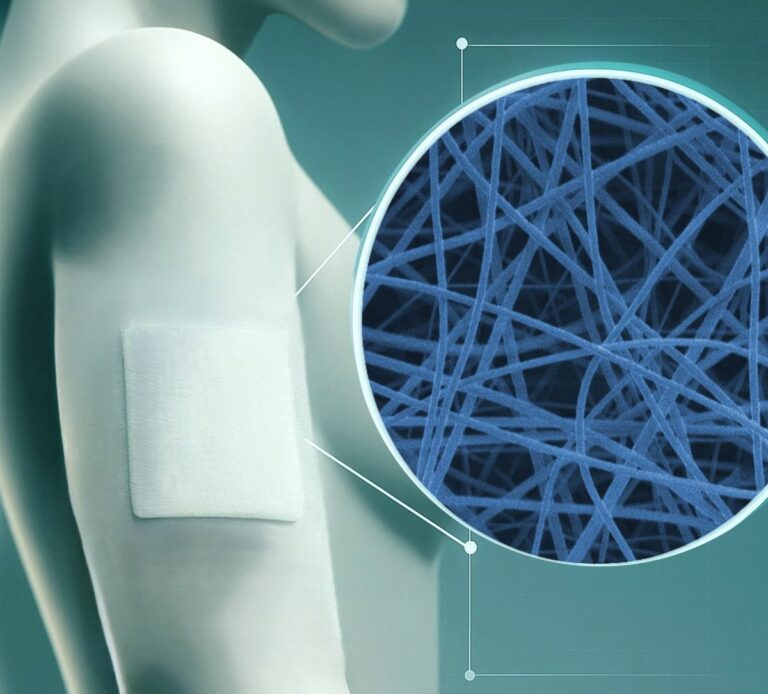In a groundbreaking revelation that could change the way we approach our daily meals, a top nutrition expert has unveiled the #1 food swap you can make to significantly reduce your risk of stroke. With stroke being one of the leading causes of disability and death worldwide, even small lifestyle and dietary changes can play a massive role in improving long-term health outcomes.
So what’s the simple yet powerful food swap? Replace processed red meat with fatty fish like salmon, mackerel, and sardines at least 2-3 times per week.
Why Stroke Prevention Should Be a Priority
Strokes occur when blood flow to the brain is interrupted or reduced, depriving brain tissue of oxygen and nutrients. Within minutes, brain cells begin to die. According to the World Health Organization (WHO), strokes claim millions of lives each year, and countless others live with its devastating aftereffects.
Fortunately, up to 80% of strokes are preventable with the right diet and lifestyle changes.
The Science Behind the Swap: Why Red Meat Is Risky
Processed red meats like bacon, sausage, ham, and even high-fat beef cuts are high in saturated fats, cholesterol, and sodium. These ingredients contribute to:
Atherosclerosis (hardening of arteries)
High blood pressure
Inflammation of blood vessels
These are all direct risk factors for ischemic stroke, which accounts for about 87% of all stroke cases.
Furthermore, a large-scale study published in the British Medical Journal found that people who consumed more than one serving of processed meat per day had a 42% higher risk of stroke than those who did not.
Fatty Fish: A Brain and Heart-Friendly Powerhouse
On the flip side, fatty fish are rich in omega-3 fatty acids, particularly EPA and DHA. These nutrients are essential for brain and cardiovascular health.
Here’s how fatty fish reduce stroke risk:
Lower blood pressure naturally
Reduce triglyceride levels
Improve arterial function
Prevent blood clotting
Reduce inflammation
Research from the American Heart Association (AHA) recommends eating fatty fish at least twice a week to support heart and brain health.
The Ideal Swap in Action: What To Eat Instead
Here are practical and tasty examples of how you can replace red meat with fatty fish:
More Tips To Reduce Stroke Risk Through Nutrition
While the red meat-to-fish swap is powerful, here are more nutritionist-approved strategies to lower your risk of stroke:
Increase fiber intake: Eat whole grains, legumes, fruits, and vegetables daily.
Limit salt: Excessive sodium increases blood pressure. Aim for less than 2,300 mg per day.
Stay hydrated: Dehydration can thicken the blood and increase stroke risk.
Cut added sugars: Choose natural sweeteners and reduce sugary beverages.
Moderate alcohol: Excessive drinking raises blood pressure and weakens arteries.
Final Thoughts: Small Swaps, Big Results
Stroke is a silent threat, but the right diet can be your strongest defense. The #1 expert-recommended food swap — cutting back on processed red meat and embracing fatty fish — is easy to implement and incredibly effective. It’s not just a change for your heart or brain; it’s a lifestyle upgrade for your entire body.
Start today. Your plate has the power to protect your future.
Frequently Asked Questions (FAQs)
Q1: Can I eat red meat occasionally?
Yes, moderation is key. Stick to lean cuts and avoid processed versions.
Q2: What if I’m vegetarian or vegan?
Opt for plant-based omega-3 sources like chia seeds, flaxseeds, walnuts, and algae-based supplements.
Q3: How much fish is too much?
2-3 servings a week is ideal. Avoid high-mercury fish like swordfish and king mackerel.
Q4: Are fish oil supplements effective?
They can be, but whole foods are usually better absorbed by the body. Always consult a healthcare provider before starting supplements.
Nutrition Expert Reveals the #1 Food Swap To Reduce Stroke Risk

















+ There are no comments
Add yours